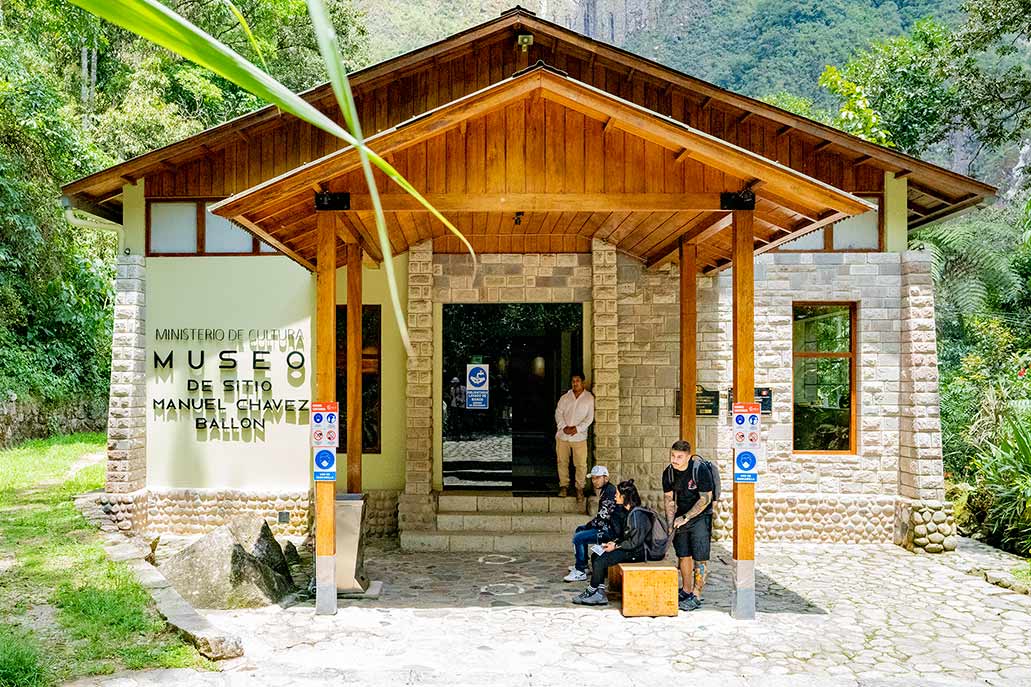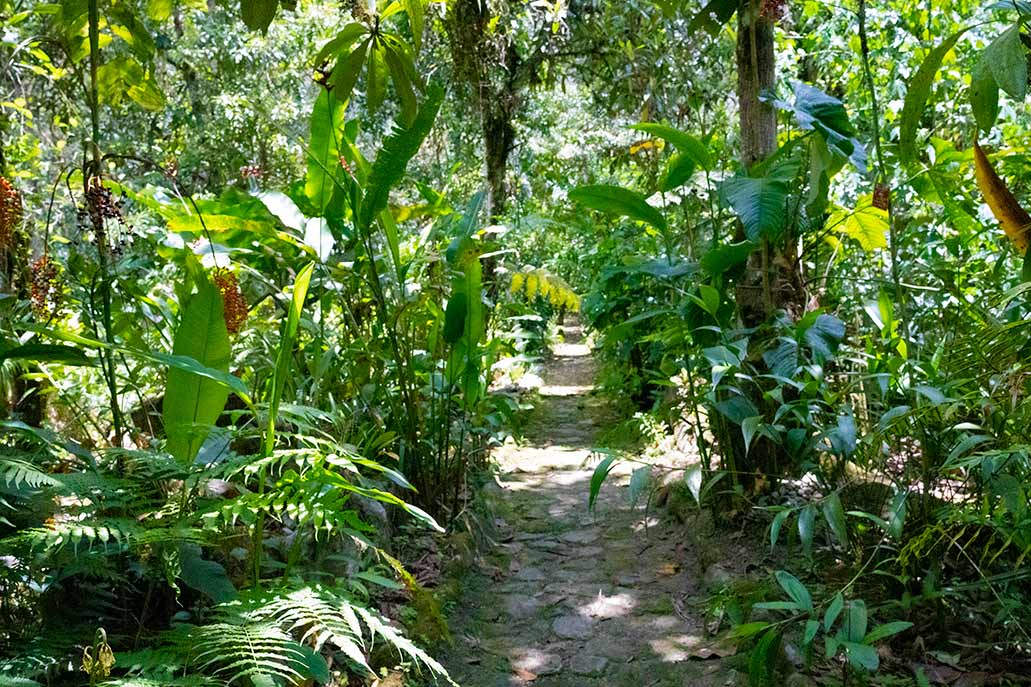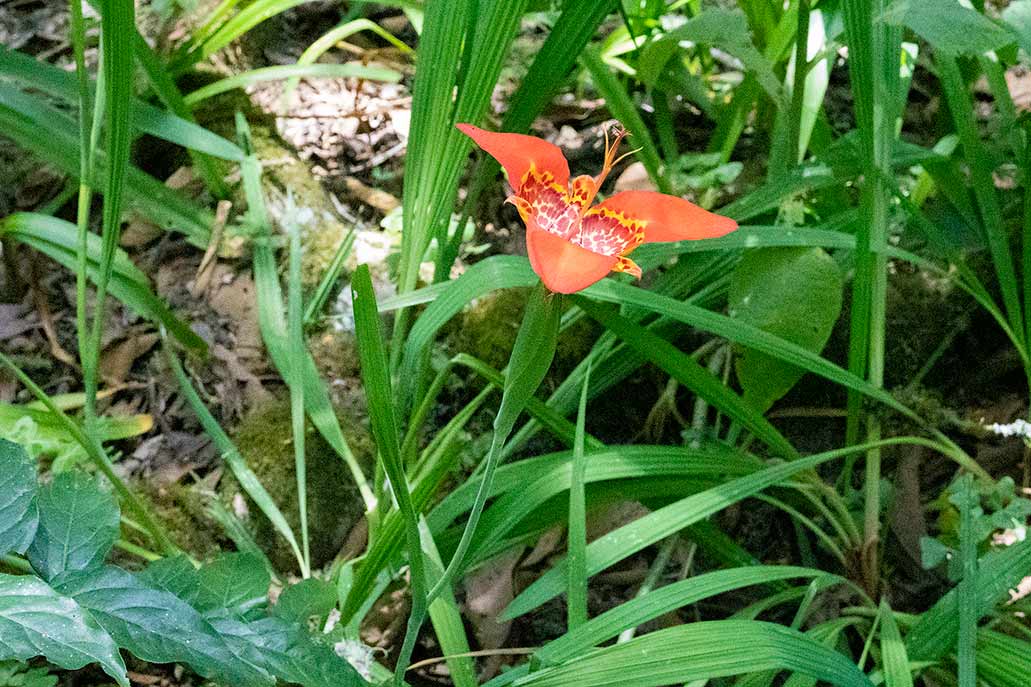Site museum and botanical garden in Machu Picchu
Machu Picchu is considered one of the seven wonders of the modern world. It is located in the Cusco region. Cusco is extraordinary, both for its history and new geographical attractions where you can do any activity, it is a place that no one should miss. Returning to Machu Picchu, you have two more options beyond the archaeological site. One is the Manuel Chávez Ballón Site Museum, where you can see different archaeological samples from the Inca empire, and the botanical garden, where you can see the great variety of flowers and plants that can only grow in Machu Picchu.
Content
With the passing of the years and in search of systematizing a better service to national and international tourists. The Ministry of Culture of Cusco chose to support projects that better reflect everything that an archaeological site can offer and even the very particularity of the nature that surrounds it. The sites that we will know below are proof and examples of this. Let us begin.
Manuel Chávez Ballón Site Museum
For this museum to function permanently and under a more correct presentation, it was necessary to carry out many activities and procedures. During the 1960s and early 1970s, the idea of building a property arose to exhibit some finds to the public in a more organized way and with the necessary space. The construction was a proposal by Manuel Chávez Ballón and was made possible, in part, thanks to the economic donation of Mrs. Anita Fernandini de Naranjo.
Thanks to the collaboration, plus the different efforts that Manuel Chávez carried out, an exhibition was exhibited for the first time at the beginning of the 70s. The samples that could be seen at that time were pre-Inca and Inca remains. Material that could be extracted from the Machu Picchu sanctuary itself, but this time it is already working as the Machu Picchu Site Museum. Although the first exhibits were not fully detailed, over time it is possible to show better historical content that relates the remains found with a history that is related to the archaeological park.
Unfortunately, there was a period in which the activities of the Site Museum stopped. However, in 2001 a remodeling of the infrastructure was proposed, but working on achieving a better reach and at the same time being a service center that meets other activities at the same time, such as a laboratory and a library. In this way, remodeling is produced in the distribution of the environment for the best exhibition of pieces and details to be exhibited. After having everything repowered and with a more detailed and improved layout, the Site Museum is inaugurated with a name in honor of Manuel Chávez Ballón.
Since 2005 it has been working with excellent content that tries to cover the history of Machu Picchu itself and some other pieces before Tawantinsuyo through some archaeological remains. The exhibition has many attractions and has up to 8 informative sequences supported by panels, maps, videos, and a large number of ceramics, lithics, metals and others.
In the Site Museum we can find different exhibitions, from the very history of the daily life of Machu Picchu, the findings found in the enclosure, the ecology of the place, and the relationship between the Amazon and the Andes. It is certainly a place that you cannot miss.
Manuel Chavez Ballon, known as the “Father of the Archeology of Cusco,” was born in Puno in 1919. At the age of 16, he worked as a guide for Julio C. Tello and Luis E. Valcárcel when they arrived at the Pucara compound. After studying in Lima, he continued to maintain a close relationship with the two renowned archaeologists, and his passion for archeology remained strong throughout his life. In 1977, he established the archeology program at UNSAAC and also conducted a workshop for students called the “Inca Workshop.” Chavez Ballon spent his final years in his workshop until he passed away on June 12, 2000.
About the botanical garden in Machu Picchu
In the Machu Picchu vicinity, there is a diverse range of species that call it home. The unique climate in this area allows for the exclusive existence of many different species. There are 14 life zones in this region, each with its distinct climate that enables the growth of plants that are only found in these zones.
Since the discovery of Machu Picchu, different studies have been carried out. Most of them are more oriented to the remains found and others to the historical information of the place. The second expedition of Hiram Bingham from Yale guided other studies dedicated to fauna and flora. Through these studies, it was possible to find plants that survive thanks to the microclimates that this entire area has.
Forming a plant conservation center was a project carried out during the process of creating the Site Museum. In 1970, with the help of Dr. Manuel Chávez and Dr. César Vargas Calderón, this project began with the joint participation of some residents who would collaborate as watchmen and workers to safeguard the plants. In 2005 it also received renovations and was a permanent part of the Site Museum.
To date, 425 plant species have been identified, with a large number of orchids, followed by phanerogamous plants and ferns. Each of the plants is identified with its native name, scientific name, and the family it belongs to. These data are indicated in small acrylic signs.
Most of the orchids are adequately distributed and conditioned on a 1600-square-meter plot. We can also find different banners where information is displayed not only on plants but also on animals, orchids, and all living beings that move through the enclosure. In this sense, you can see the Tunki or Gallito de las rocas and the Agouti de Calinowski or Sihuayro.
Flowers that can be seen in the Botanical Garden
In this enclosure, you can find different plants, from the smallest and most showy to the largest and most colorful. Let’s see some of them.
- Ñusta’s little shoe, some of the petals of this plant are very similar to a shoe. However, others are longer, measuring up to 70 centimeters.
- The Yuraq-rup’u, better known as the flower of Machu Picchu.
- Some tree ferns. They have the shape of millions of years ago.
- The Pleuthathis revoluta, which barely reaches the size of a fly at its maximum size.
- Variety of orchids.
- Begonias.
- lilies.
- cockade.
- Lantern.
- Some fruit trees.
- Tiger ear.
- Ferns.
- According to the plant inventory of the Machu Picchu botanical garden, 211 plant species have been registered.
When visiting the Sanctuary of Machu Picchu, be sure to check out the garden near the Temple of the 3 Windows. This beautiful garden boasts 100 different varieties of plants and flowers and measures 15 by 3.5 meters. It’s worth a visit!
Ticket price
- The garden is located near the Machu Picchu Site Museum. On the road that leads to Aguas Calientes, walk for about 50 meters. Route is known as Bridge in Ruins.
- The entrance to the site museum and the botanical garden costs 22 soles for foreign tourists and 11 soles for national tourists.
- Entering the site museum is free. Only the entrance to Machu Picchu is presented.
- You can enter from Monday to Sunday from 9:00 a.m. to 5:00 p.m. The entrance of children is free.


